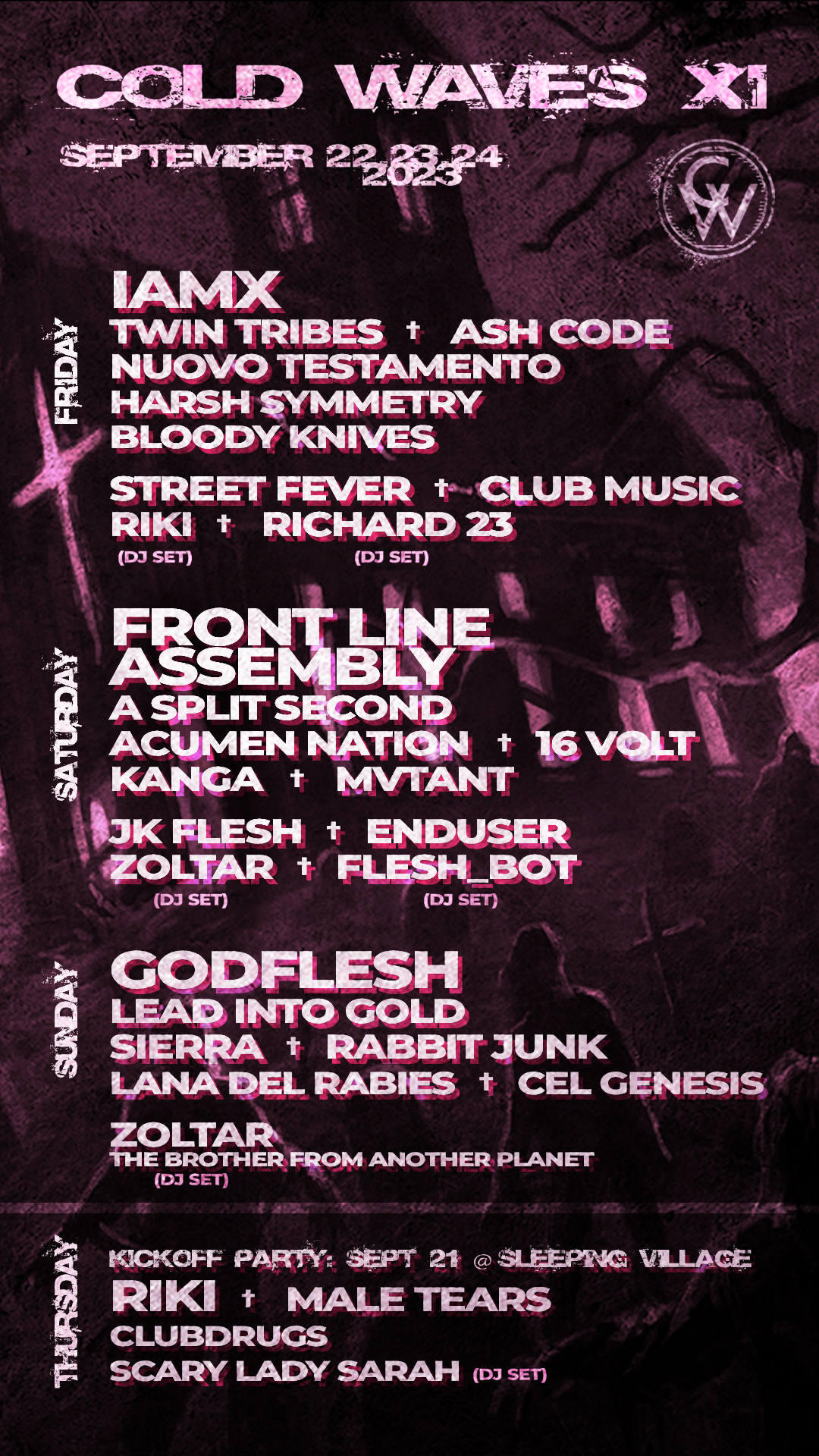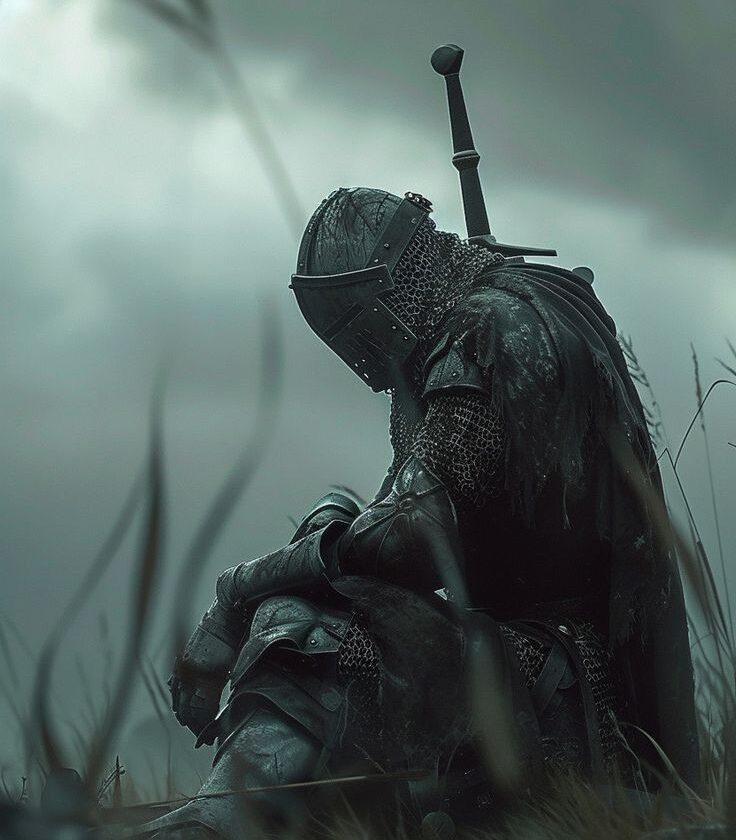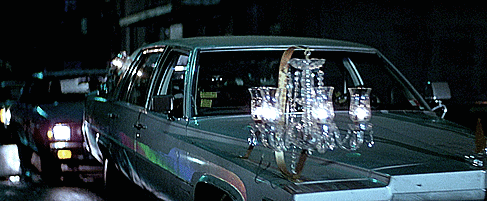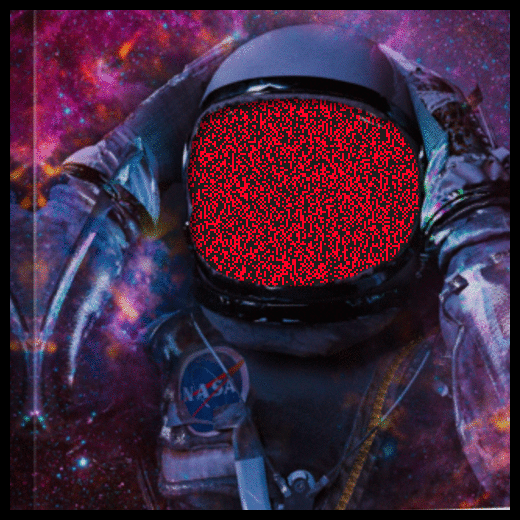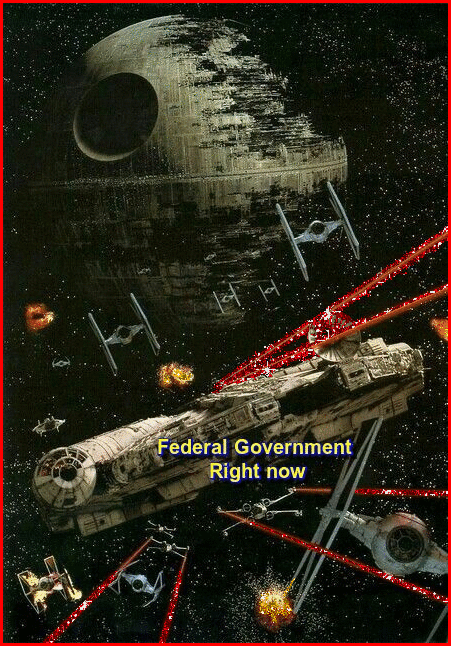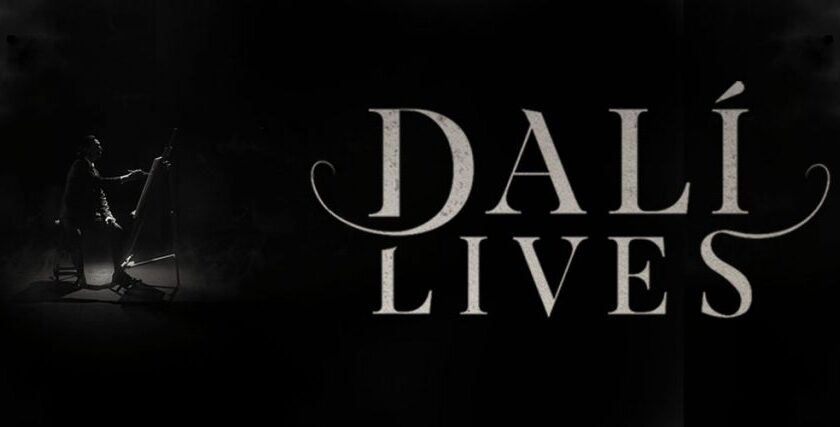Did you know there were Vampires in Star Trek? Star Trek has always been held up as a cultural icon and masterpiece. A Pièce de résistance of cold war fantasy and a thought exercise against cultural nihilsm, It was a heady artistic response to a time of great uncertainty and power struggle where ideologies were being fought in the minds and on the late night tvs of viewers and thinkers all over the world. Below we examine some of this context and pay homage to Star Trek. What would the world look like had Star Trek never been created?
The creature leading you a merry chase, Mister Sulu?“
“The creature?“
“Or whatever it is that’s killing the crewmen“
– Salt vampire-McCoy speaks of itself to Hikaru Sulu, 2266 (“The Man Trap“)
Star Trek is noted for its cultural influence beyond works of science fiction. The franchise is also notable for its progressive civil-rights stances. The Original Series included one of the first multiracial casts on US television.
original show Produced by
Desi Arnaz
…
executive producer (uncredited)
Lucille Ball
…
executive producer (uncredited)
John D.F. Black
…
associate producer
Robert H. Justman
…
associate producer
Gene Roddenberry
…
producer
A salt vampire or salt succubus was any member of a sentient humanoid species native to the planet M-113, which, by the mid-23rd century, contained nothing but “the ruins of an ancient and long-dead civilization“. After the last surviving individual on the planet perished in 2266, the species was thought extinct. However, more living members of the species were encountered a century later. (TOS: “The Man Trap“; LD: “Cupid’s Errant Arrow“, “Veritas“)
Star Trek is an American science fiction television series created by Gene Roddenberry that follows the adventures of the starship USS Enterprise (NCC-1701) and its crew. It acquired the retronym of Star Trek: The Original Series (TOS) to distinguish the show within the media franchise that it began.[3]
The show is set in the Milky Way galaxy, c. 2266–2269. The ship and crew are led by Captain James T. Kirk (William Shatner), First Officer and Science Officer Spock (Leonard Nimoy), and Chief Medical Officer Leonard H. “Bones” McCoy (DeForest Kelley). Shatner’s voice-over introduction during each episode’s opening credits stated the starship’s purpose:
Space: the final frontier. These are the voyages of the starship Enterprise. Its five-year mission: to explore strange new worlds, to seek out new life and new civilizations, to boldly go where no man has gone before.
Norway Productions and Desilu Productions produced the series from September 1966 to December 1967. Paramount Television produced the show from January 1968 to June 1969. Star Trek aired on NBC from September 8, 1966, to June 3, 1969.[4] It was first broadcast on September 6, 1966, on Canada’s CTV network.[5] While on NBC, Star Trek‘s Nielsen ratings were low and the network canceled it after three seasons and 79 episodes. In the United Kingdom the series was not broadcast until July 12, 1969, coinciding with the Apollo 11 mission to land the first humans on the Moon.[6] Through broadcast syndication it became an international success in the 1970s, achieving cult classic status and a developing influence on popular culture. Star Trek eventually spawned a media franchise consisting of 11 television series, 13 feature films, and numerous books, games, and toys, and is now widely considered one of the most popular and influential television series of all time.[7]
The Cold War was a period of geopolitical tension between the United States and the Soviet Union and their respective allies, the Western Bloc and the Eastern Bloc, that started in 1947, two years after the end of World War II, and lasted until the fall of the Soviet Union in 1991.
The term cold war is used because there was no large-scale fighting directly between the two superpowers, but they each supported opposing sides in major regional conflicts, known as proxy wars.
The Cold War was based on an ideological and geopolitical struggle for global influence by these two superpowers, following their roles as the Allies of World War II that led to victory against Nazi Germany and Imperial Japan in 1945.[1] Aside from the nuclear arms race and conventional military deployment, the struggle for dominance was expressed indirectly, such as psychological warfare, propaganda campaigns, espionage, far-reaching embargoes, sports diplomacy, and technological competitions like the Space Race. The Cold War began with the announcement of the Truman Doctrine in 1947, started a gradual winding down with the Sino-Soviet split between the Soviets and the People’s Republic of China in 1961, and ended with the collapse of the Soviet Union in 1991.
The Western Bloc was led by the United States, as well as a number of First World nations that were generally capitalist and liberal democratic but tied to a network of often authoritarian Third World states, most of which were the European powers’ former colonies.[2][3] The Eastern Bloc was led by the Soviet Union and its communist party, which had an influence across the Second World and was also tied to a network of authoritarian states. The Soviet Union had a command economy and installed similarly communist regimes in its satellite states. United States involvement in regime change during the Cold War included support for anti-communist and right-wing dictatorships, governments, and uprisings across the world, while Soviet involvement in regime change included the funding of left-wing parties, wars of independence, revolutions and dictatorships around the world. As nearly all the colonial states underwent decolonization and achieved independence in the period from 1945 to 1960, many became Third World battlefields in the Cold War.
The North Atlantic Treaty Organization (NATO /ˈneɪtoʊ/ NAY-toh; French: Organisation du traité de l’Atlantique nord, OTAN), also called the North Atlantic Alliance, is an intergovernmental military alliance of 32 member states—30 European and 2 North American. Established in the aftermath of World War II, the organization implements the North Atlantic Treaty, signed in Washington, D.C., on 4 April 1949.[4][5] NATO is a collective security system: its independent member states agree to defend each other against attacks by third parties. During the Cold War, NATO operated as a check on the threat posed by the Soviet Union. The alliance remained in place after the dissolution of the Soviet Union and the Warsaw Pact, and has been involved in military operations in the Balkans, the Middle East, South Asia, and Africa. The organization’s motto is animus in consulendo liber (Latin for ‘a mind unfettered in deliberation’).[6] The organization’s strategic concepts include deterrence.[7]
NATO’s main headquarters are located in Brussels, Belgium, while NATO’s military headquarters are near Mons, Belgium. The alliance has increased its NATO Response Force deployments in Eastern Europe,[8] and the combined militaries of all NATO members include around 3.5 million soldiers and personnel.[9] All member states together cover an area of 25.07 million km² and about 966.88 million people.[10] Their combined military spending as of 2022 constituted around 55 percent of the global nominal total.[11] Moreover, members have agreed to reach or maintain the target defence spending of at least two percent of their GDP by 2024.[12][13]
NATO formed with twelve founding members and has added new members ten times, most recently when Sweden joined the alliance on 7 March 2024.[14] In addition, NATO recognizes Bosnia and Herzegovina, Georgia, and Ukraine as aspiring members.[4] Enlargement has led to tensions with non-member Russia, one of the 18 additional countries participating in NATO’s Partnership for Peace programme. Another nineteen countries are involved in institutionalized dialogue programmes with NATO.
Talks at Google Talks at Google welcomed Julia Nash and Mark Skillicorn to Google Chicago to discuss their documentary “INDUSTRIΛL ΛCCIDENT: The Story of Wax Trax! Records.” Moderated by Josh Pyle. From humble beginnings in Denver, Colorado, Jim Nash and Dannie Flesher built one of the most influential American independent record labels. In 1978 they opened Wax Trax! Records in Chicago, Illinois, which would evolve into a record store and music label like no other—Wax Trax! became the nexus of the new wave, punk rock and industrial music scenes, and America’s preeminent industrial label of the 1980s and ’90s. About INDUSTRIAL ACCIDENT: The Story of Wax Trax! Records: INDUSTRIAL ACCIDENT: The Story of Wax Trax! Records is the story behind the independent record store and label. Tracing the bizarre journey of two music-obsessed men from the bible belt to Chicago, this film travels through the underground culture of music and art as these two men expose emerging music and artists to fans from around the world for the first time. From the beginning, Jim & Dannie’s ability to combine obscure and fringe music with underground culture created a language that set Wax Trax! apart from traditional US record stores. Throughout the 80’s, Wax Trax! became the meeting place for ideas and a primary home for many kids that lived outside mainstream culture. The documentary follows the thorny arc of the rise and fall of an important musical movement as well as explaining how the details and artifacts of this entire Wax Trax! Records history was nearly lost forever. watch
Revolting Cocks – Topic
Legendary actor James Earl Jones, known for his iconic voice and roles in “Star Wars,” “The Lion King” and “Field of Dreams,” has died at age 93
James Earl Jones (January 17, 1931 – September 9, 2024) was an American actor known for his film roles and for his work in theatre. Jones has been described as “one of America’s most distinguished and versatile” actors for his performances on stage and screen.[1] He has also been called “one of the greatest actors in American history”.[2] He was inducted into the American Theater Hall of Fame in 1985. He was honoured with the National Medal of Arts in 1992, the Kennedy Center Honor in 2002, the Screen Actors Guild Life Achievement Award in 2009, and the Honorary Academy Award in 2011.[2][3]
Born in Arkabutla, Mississippi, in 1931, he had a stutter since childhood. Jones said that poetry and acting helped him overcome the challenges of his disability. A pre-med major in college, he served in the United States Army during the Korean War before pursuing a career in acting. His deep voice was praised as a “stirring basso profondo that has lent gravel and gravitas” to his projects.[4][5] Jones made his Broadway debut in 1957 in Sunrise at Campobello (1957). He gained prominence for acting in numerous productions with Shakespeare in the Park including Othello, Hamlet, Coriolanus, and King Lear.[6] Jones worked steadily in theatre, winning the Tony Award for Best Actor in a Play for his role as a boxer in The Great White Hope (1968), which he reprised in the 1970 film adaptation, earning him Academy Award and Golden Globe nominations.
Jones won his second Tony Award for Best Actor in a Play for his role as a working class father in August Wilson‘s Fences (1987). He was a Tony award nominee for his roles as the husband in Ernest Thompson‘s On Golden Pond (2005) about an ageing couple, and as a former president in the Gore Vidal play The Best Man (2012). His other Broadway performances included Cat on a Hot Tin Roof (2008), Driving Miss Daisy (2010–2011), You Can’t Take It with You (2014), and The Gin Game (2015–2016). He received a Special Tony Award for Lifetime Achievement in 2017.[7][8]
Jones made his film debut in Stanley Kubrick‘s Dr. Strangelove (1964). He received a Golden Globe Award nomination for Claudine (1974). Jones gained international fame for his voice role as Darth Vader in the Star Wars franchise, beginning with the original 1977 film. Jones’ other notable roles include parts in Conan the Barbarian (1982), Matewan (1987), Coming to America (1988), Field of Dreams (1989), The Hunt for Red October (1990), The Sandlot (1993), and The Lion King (1994). Jones reprised his roles in Star Wars media, The Lion King (2019), and Coming 2 America (2021). On television, Jones won two Primetime Emmy Awards for his roles in TNT thriller film Heat Wave (1990) and the crime series Gabriel’s Fire (1991). He was Emmy-nominated for East Side West Side (1963), By Dawn’s Early Light (1990), Picket Fences (1994), Under One Roof (1995), Frasier (1997), and Everwood (2004). He also acted in Roots (1977), Jesus of Nazareth (1977), and Homicide: Life on the Street (1997).





